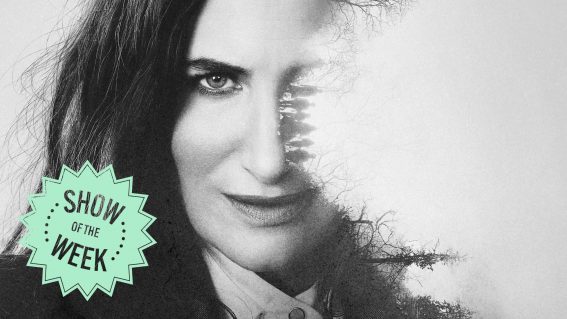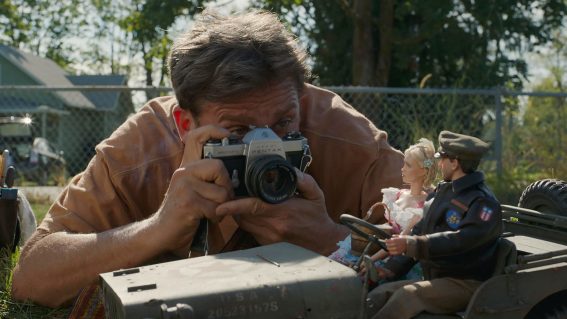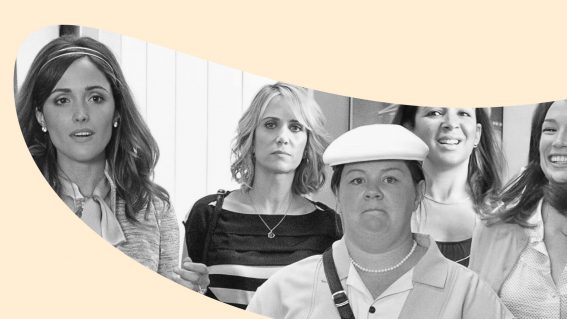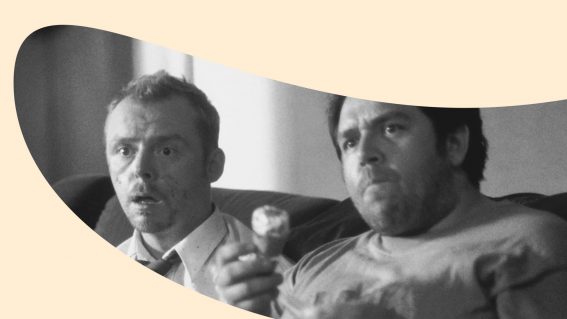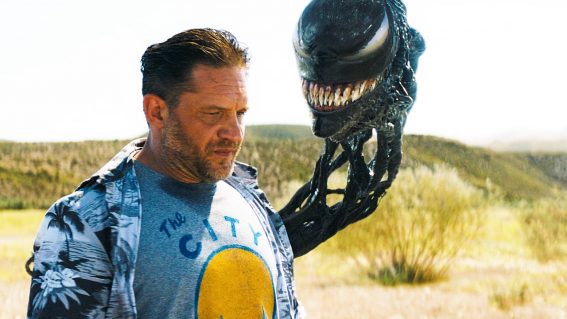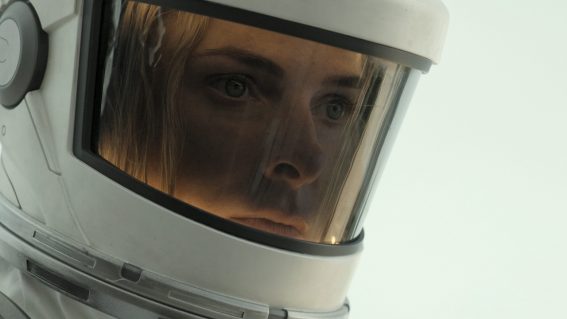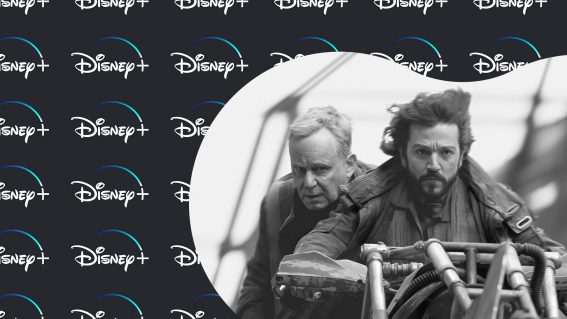From mumble to Mattel – mumblecore turns 20, but has it grown up?
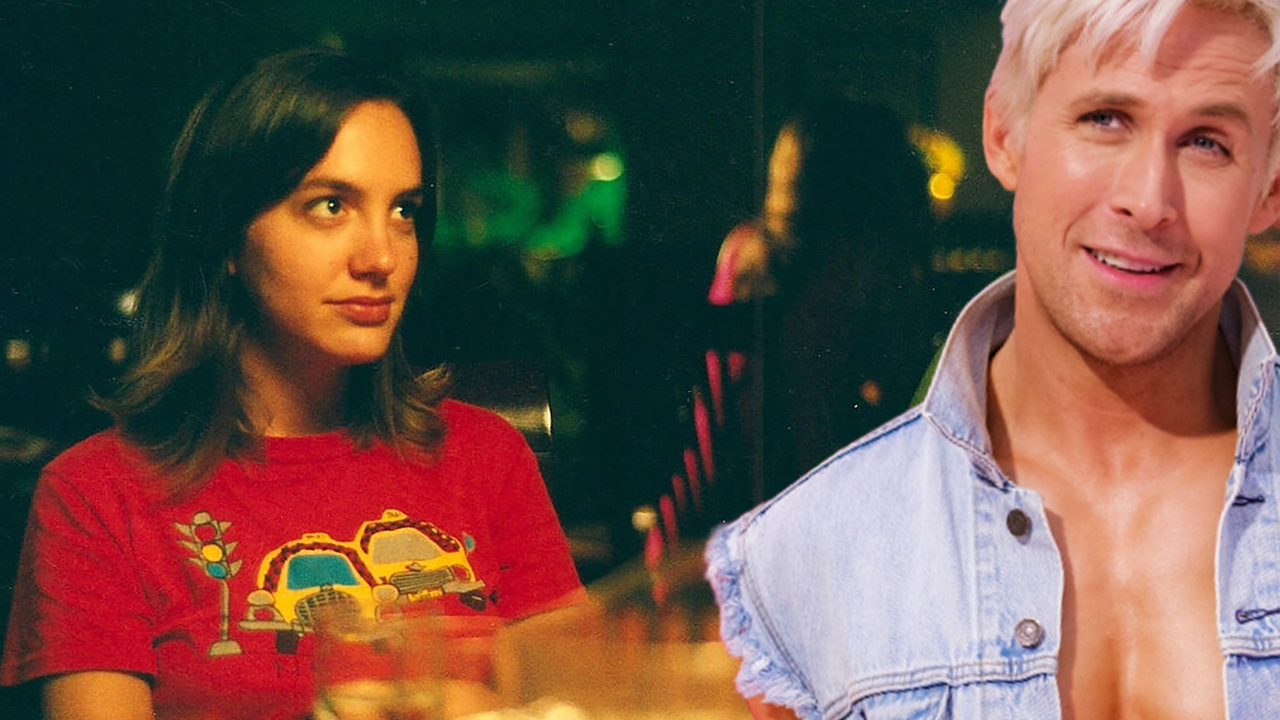
As Andrew Bujalski’s Funny Ha Ha – probably the first film to define ‘mumblecore’ – turns 20, Lillian Crawford looks at the subgenre’s key figures and their increasing trajectory towards Hollywood maximalism.
Whilst at a bar during the 2005 South by Southwest Film Festival, sound editor Eric Masunaga was asked to reflect on recent trends in American independent cinema. Having just worked on Andrew Bujalski’s second feature, Mutual Appreciation, he described that film along with The Puffy Chair by Mark and Jay Duplass and Kissing on the Mouth by Joe Swanberg as “mumblecore”. Bujalski liked the word as a descriptor for his own movies, not to define them as a planned movement or wave, but rather as a way of typifying the aesthetic and sensibility of his work.
Bujalski certainly wasn’t making films in a vacuum. His minimalist, low-budget style has a long tradition in filmmaking, developing out of directors like John Cassavetes and Éric Rohmer into a hyperrealism used by Claudia Weill in Girlfriends (1978) or Cheryl Dunye in The Watermelon Woman (1996), for example. Mumblecore is essentially a negation of over-stylisation, a stripping away of cinematics to create something that feels more like real life, albeit retaining a light-hearted and quirky outlook.
While the term mumblecore developed a few years later, Bujalski’s debut feature Funny Ha Ha is commonly seen to be the first movie to define its approach. Released twenty years ago in 2002, the film translates post-collegiate existential malaise into the brutally real, meandering nothingness it can often be. It follows 23-year-old Marnie, played by Kate Dollenmayer, as she stares at her tabula rasa resumé onto which she must begin to write temp job after temp job until she develops a career. It’s a version of the American Dream, or rather the capitalist machine, which she and her fellow graduates begrudgingly embrace with the comforting stability of school being well and truly over.
What made Funny Ha Ha so unique was Bujalski’s avoidance of classical direction in favour of something more improvisational and raw. Watching the film feels akin to eavesdropping on conversations of other diners at a restaurant or people-watching at a house party. Into that existence is the sense that one suddenly has to be an adult and lead an adult life without knowing how to do so, and realising that everyone else is putting on a similarly brave face. There’s a documentary aspect to mumblecore, of taking what’s around you and filming it, albeit with non-professional actors creating familiar but fictionalised conversations.
When Bujalski made the film he had just graduated from Harvard’s Visual and Environmental Studies program in 1998 and began teaching a high school film class part-time. Dollenmayer was one of his housemates during that time, and Bujalski was compelled by her charisma so much that she is in every scene of Funny Ha Ha. The relationship between the sexes was what came to be the heart of mumblecore, of neurotic young men and women entering their first serious relationships and navigating the things that infuriate one about the other. It’s deliberately messy, a de-stylised version of Jean-Luc Godard’s description of the history of cinema as “boys photographing girls”.
What has come to define mumblecore is the conversational aspect of the sexual imbalance, that for all the pictures the boys take of the girls, the girls also take pictures of the boys. To every Safdie brother or Aaron Katz there’s a Lynn Shelton, an Amy Seimetz, a Josephine Decker talking back from the other side and subverting the perspective back on the men who so often come across as pathetic in their hopeless mumbling. The fact that so many of these directors know each other, and have moved in front of and behind the camera gives the impression of mumblecore as a twenty-first-century cinema collective.
Greta Gerwig, for example, broke into acting in films by Swanberg and Noah Baumbach, like Frances Ha (2012), before making her own directorial debut in 2017 with Lady Bird. With the increasing popularity of mumblecore aesthetics, the films’ budgets have increased which removes the guerilla modes of production which previously characterised these films. Funny Ha Ha today feels fresh in its avoidance of the smoothness Baumbach and Gerwig’s films have today, lent the impression of independent filmmaking by labels such as A24 which uphold an indie façade despite existing within the Hollywood mainstream.
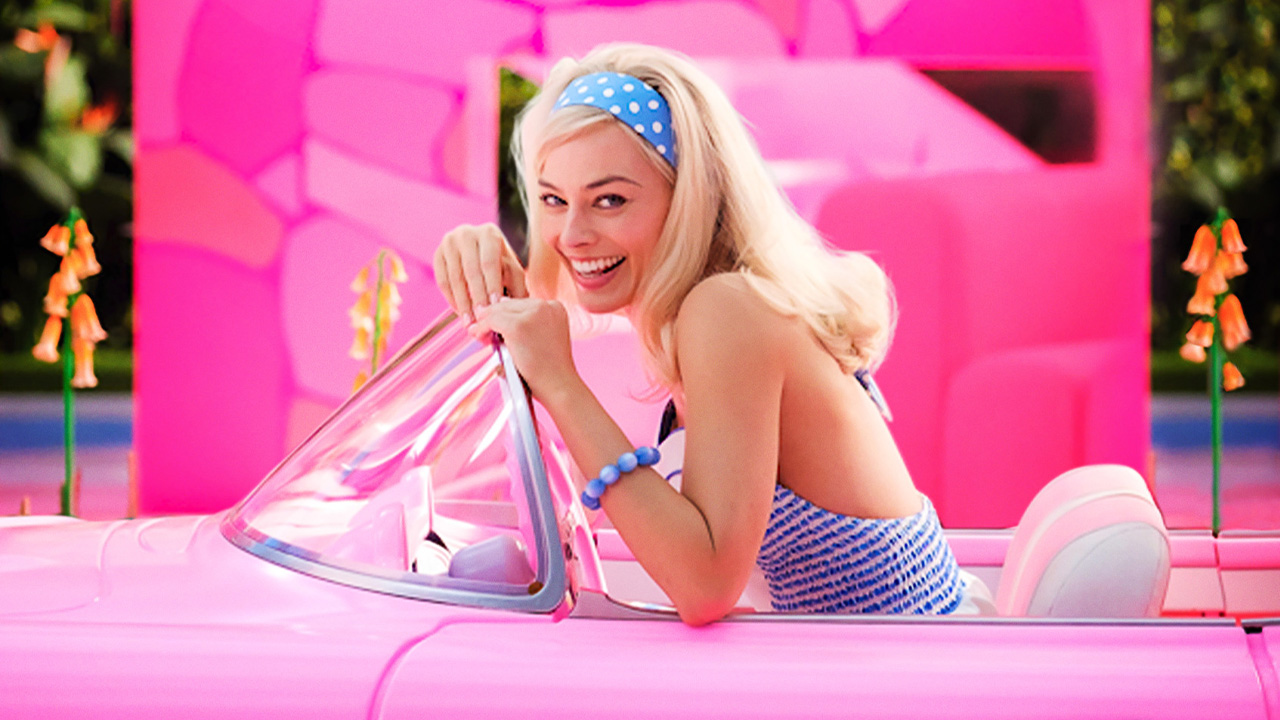
The apotheosis of that divergence from the beginnings of mumblecore might be Gerwig’s Barbie, set for release in 2023. Starring Margot Robbie as the real-life version of the title plastic fantastic and Ryan Gosling as her partner Ken, the premise is a total move into the adult world of American capitalism and product placement that befalls many Hollywood filmmakers who started off making independent movies.
Bujalski himself has largely continued in the footsteps of his debut, especially in Computer Chess (2013) and Support the Girls (2018), but also wrote the screenplay for the 2019 live-action remake of Disney’s Lady and the Tramp. Those changes and moves towards maximalist cinema make the essence of mumblecore feel very far away from what Bujalski created with Funny Ha Ha in 2002.




